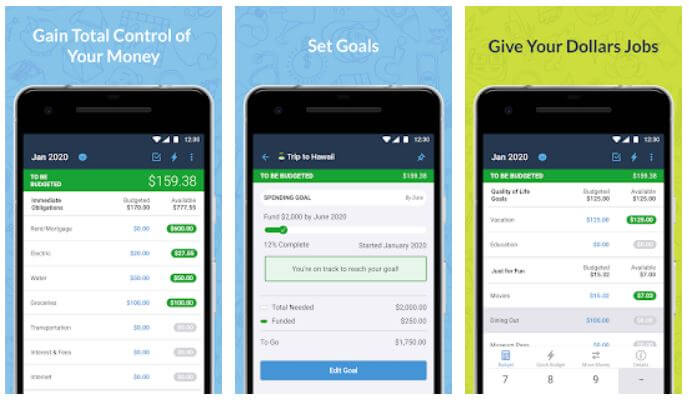
I also added a Payment Type column so I can keep track of which credit cards I use. Now go down to “Columns” and add your Date and Amount columns.Under “Rows”, select “Add” again and include your vendor, or however you label where the expense took place within your form.Select add, then select your expense categories. Going back to the pivot table tab, you will see a field titled “Rows” with an “Add” button.Hold the shift key down and then select the last column with responses. With this window open, toggle back over to the first spreadsheet “form responses” and select the “B” Column. It will say “form responses” and then the cell range selected. In the right side pivot table toolbar, select the data range. There are a few things you have to adjust in order for this spreadsheet to track your category spending totals. Go to Data > Pivot table to create a new spreadsheet for your expensesĪ new tab will open with your new expense tracking spreadsheet. It took me another 2 hours playing around with exactly how I wanted to convey the information in my expense tracking spreadsheet. In case you’re wondering, it took me about 20 minutes to establish my fully customized app and understand the resulting spreadsheet created to track spending. WoW, so I’ve tried to provide the steps in the way that I muddled through them. Everyone learns differently and I wanted to highlight my personal experience creating my own personalized form and spreadsheet. WoW already outlined the process, and I highly recommend you reference back to his post, I’ve provided the process again. While there are other resources to step you through the process, I found their article easy to follow.
Daily expenses tracker app how to#
They have a post on how to turn a Google Forms document into a personal expense tracking app that you can access right from the home screen of your smartphone. I first learned this technique while listening to my favorite podcast, BiggerPockets Money Podcast.
Daily expenses tracker app free#
How to create your free personalized spending tracker appįirst off, I need to give credit where credit is due.


It will take more time to do this and you will learn a lot about your spending habits in the process. In fact, in the very beginning stages, it’s very beneficial to print something out and handwrite your daily spending.

They will step you through the process of learning what your general expense categories are and find out exactly where your money goes.
If you’ve been ignoring your personal finances, never knowing where your money goes until you check your bank account and ensure it isn’t empty, then these are good forms. This is what you need to do as a personal finance blogger after all.īut the truth is, I don’t actually find these forms to be the most helpful.
Daily expenses tracker app pdf#
I created my first downloadable freebies for the Resource Library, printable pdf monthly expense tracking and budgeting forms. Shortly after, I wrote the companion post on how to create a budget you can actually stick to. One of the very first articles I wrote for this blog, before it was even called Stepping Stones to FI, was on how to track your monthly expenses.


 0 kommentar(er)
0 kommentar(er)
